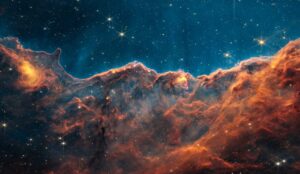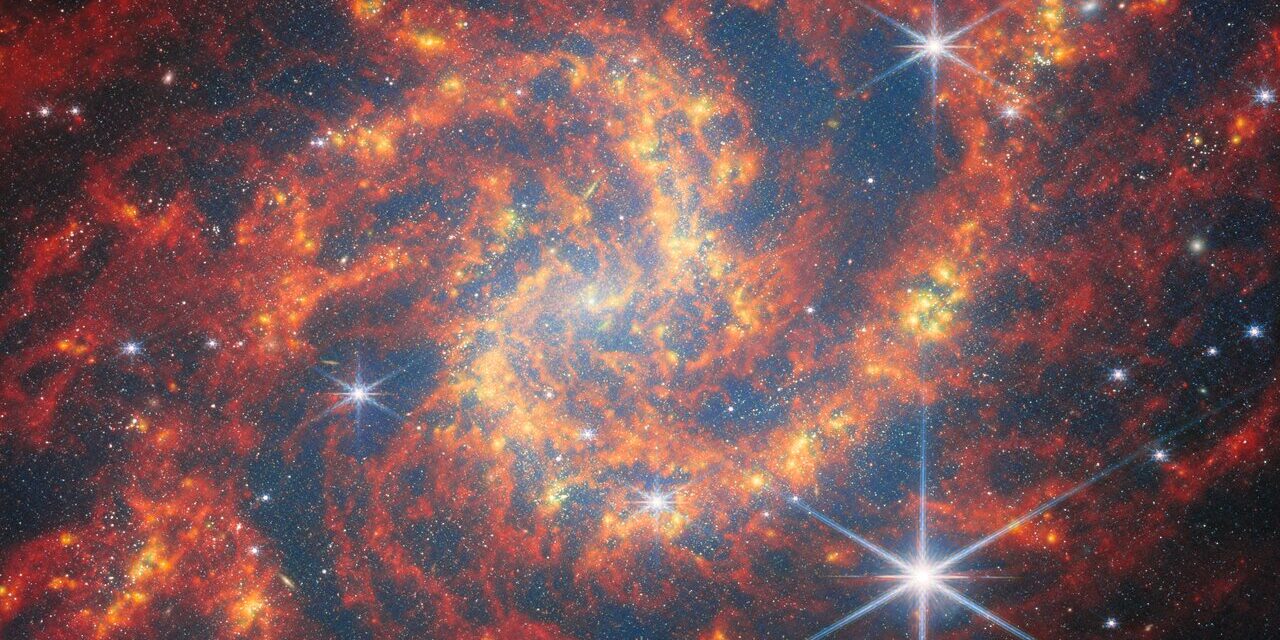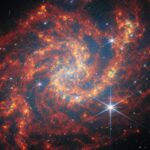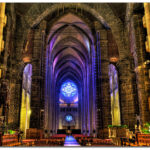When my son, Preston, was about 14 years old, he asked, “Dad, do you think we’re alone in the universe? Are there other forms of life anywhere out there?”
“First of all, Preston, I need to tell you that I simply do not know. Even the most intelligent and educated scientists among us stay rather quiet about that because they say they don’t know either. However, I will tell you this. The universe is so unfathomably enormous that we human beings on Planet Earth would have to be pretty arrogant to just assume we are the only forms of intelligent life.”
Preston: “Yeah, and some of us are not all that intelligent, are we?” he said with his adolescent, changing-voice chuckle.
At the time of Preston’s question (circa 1998), the Hubble Space Telescope had been recently transmitting some of its most astonishing images, providing the world more realistic views of just how huge the universe is.
Fast forward to 2025, and now we have the James Webb Telescope, which now provides us wow upon wow of new proportions, colors, dimension, and motion.
I am highly curious to know how current images such as the ones featured in this post affect the mindsets, dispositions, beliefs, and viewpoints of various groups of people. The focus group of highest interest to me is us followers of Jesus.

Do the images frighten us about the magnitude of creation? Do they inspire us, comfort us, disturb us, threaten our belief system, strengthen our confidence that God is Who God says God is? How about the way we treat other people, people who are different from us and hold different belief systems, or no belief system at all? Does this imagery make us more open to them, more skeptical of them, or does the imagery have no effect at all on our faith and relationships?
I can imagine some friends might say that these images have no effect on our faith and relationships whatsoever. Some might even question if they are even real and if the universe is really that big, colorful, deep, high, and wide. Billions of light years? Really?
True, most of this imagery appears surreal and might even suggest that this could have all been created by a computer program. Well, in a sense, it was. However, that does not disprove its realness any more than the computer-generated screen which monitors robotic or laparoscopic surgery is fake. Photography of all kinds is a representation of something, not “the real thing.”
Several years ago, I visited close friends in northern Washington State. One afternoon we drove to Mt. Baker, stopping along the way for a picnic in perhaps the most picturesque spot I have ever seen. Later, when we arrived at a lookout point near the top, I began snapping photos of the summit, still a long distance ahead. It struck me that the whole thing did not look real. It was so stunningly beautiful that it almost appeared as a painting, something created on canvass. I remarked about it at length to my friends. I found myself standing there with my phone snapping photo after photo of exactly the same scene and from the same place, perhaps thinking that if I took enough photos of it, it might appear more real.
That’s the way it is with the wonder of God’s creation. If we study it with any degree of wonder and a truly open mind and heart, I can’t imagine how this beauty, this creation of objects and colors and light and dimensions — how these things would NOT affect our faith in God and our relationships with others, particularly those whose lives are very different from our own.
Indeed, we are only one part of God’s vast creation of variety, diversity, dimension, and color. God — thank God — is big enough, grand enough, loving enough, and compassionate enough to include every single one of us.
All that’s left to do is joyfully worship the God of Creation and Grace, and to celebrate from now on!
Randy Edwards







